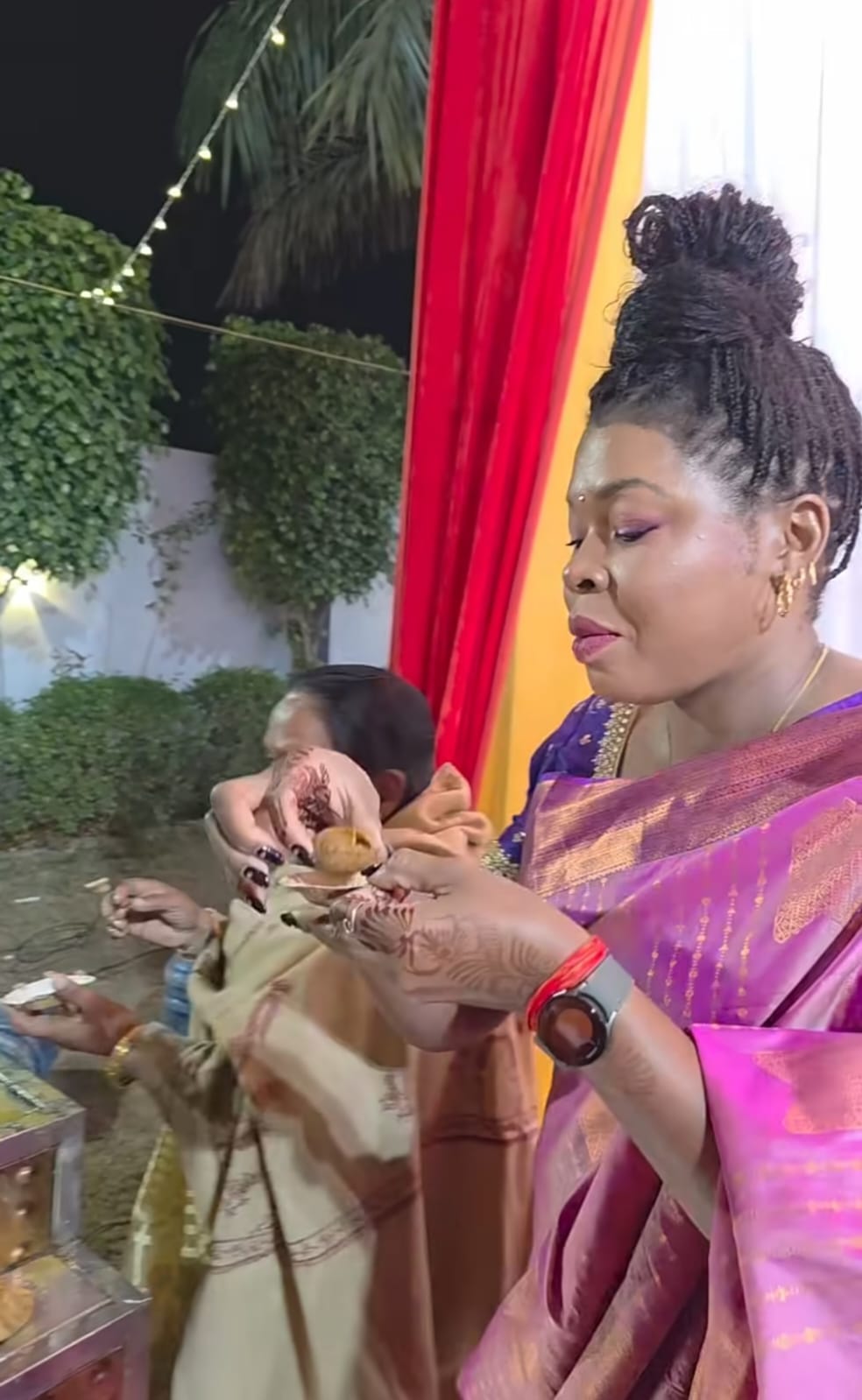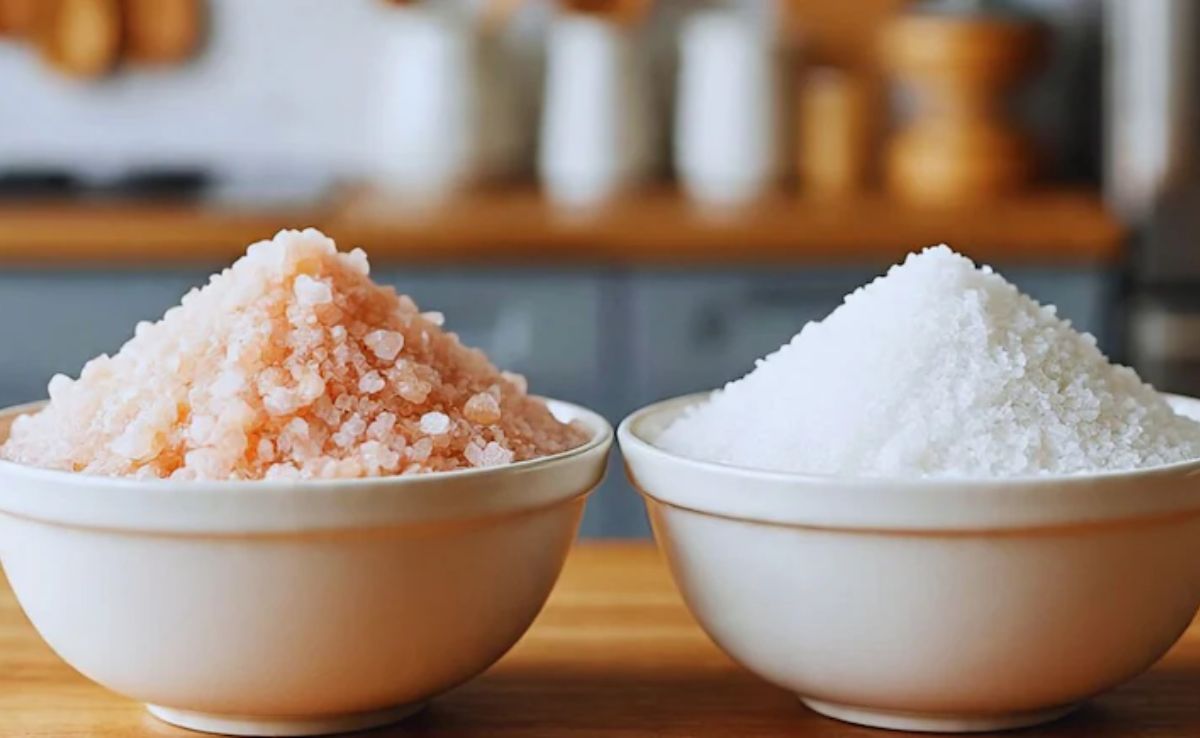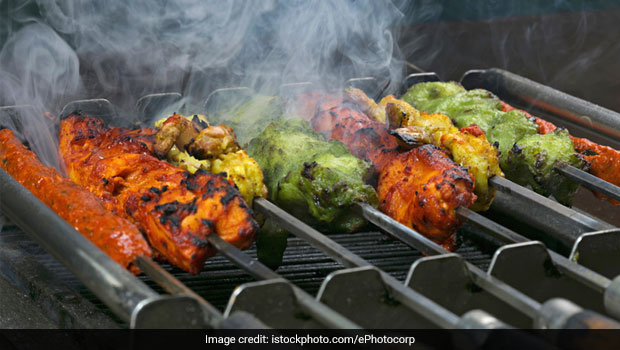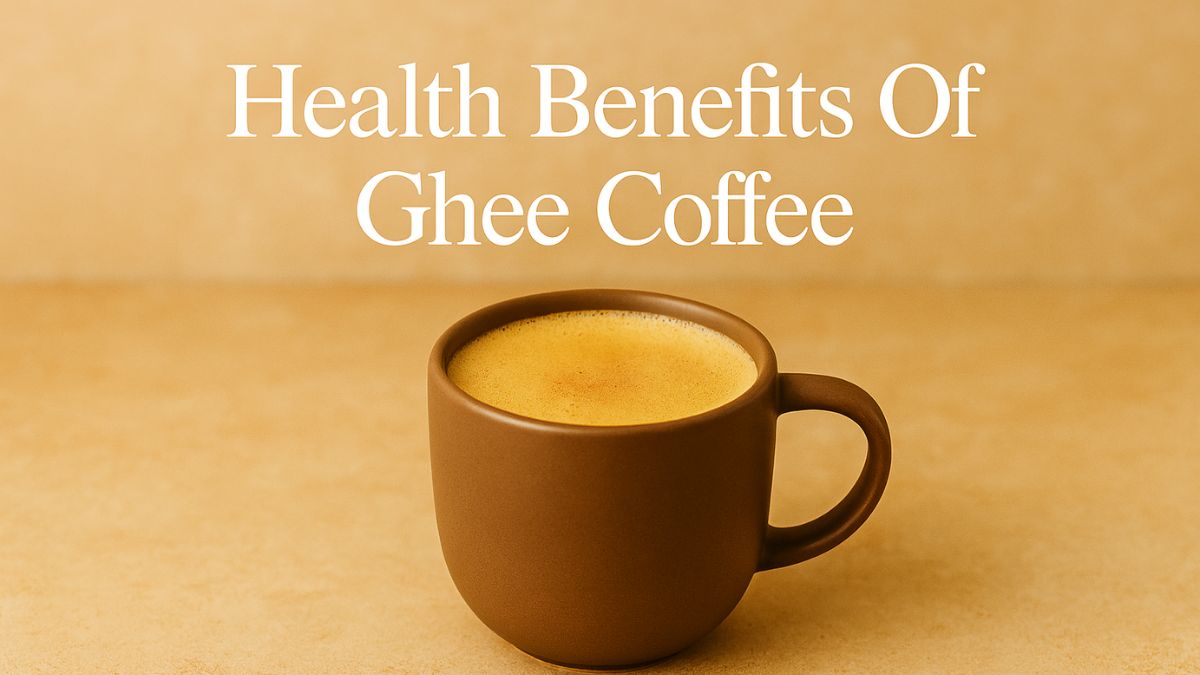The festival season is here again. Sharad Navratri will begin on 17th October and the nine day celebrations would conclude 25th October. Navratri is one of the most widely celebrated festivals of the country. The nine day festival is dedicated to the worship of Durga. Many Hindus observe ritualistic Navratri fasts where they refrain from eating non-vegetarian food, cereals, grains, onions and garlic. People who are suffering from a prevailing illness or chronic medical condition are often told not to observe the fast, as it may prove detrimental to your health. Diabetes is one such tricky condition in which you need to be very conscious about your diet. If your condition is not so severe, and if your doctor allows you can observe these fasts too albeit with some precautions. Do not starve yourself as that can prove to be detrimental for your diet. Have small amounts of food at regular intervals. Keep yourself hydrated at all times.
Here are some vrat-friendly diabetic ingredients you can use in your vrat preparations:
1. Kuttu (Buckwheat)
The buckwheat flour is an excellent nutrient-dense alternative to regular flour. Kuttu is one of the most loved vrat staples and is used to make bevy of preparations like kuttu ki poori and kuttu dosa. According to the book 'Healing Foods' by DK Publishing House, "the grain contains slow-release carbohydrates that help maintain steady blood sugar levels.” It is rich in magnesium and manganese, both of which are crucial for carbohydrate metabolism. Buckwheat is high in fibre and has a low GI index too.
Here are some kuttu recipes you can try this Navratri 2020

2. Singhara (Water Chestnut)
Water chestnut is a delicious fruit that you usually find around September-October. But for Chaitra Navratri, you can use water chestnut flour for your vrat preparations. Water chestnuts flour is packed with fibre, which takes a while to breakdown and digest. It also enables slow release of sugar in the bloodstream, which ensures there are no abnormal blood sugar spikes.
 Navratri 2020: For Chaitra Navratri, you can use water chestnut flour for your vrat preparations.
Navratri 2020: For Chaitra Navratri, you can use water chestnut flour for your vrat preparations.3. Ragi
Ragi, or nachni, is a delicious gluten-free grain that could help check blood sugar spikes due to its high fibre content. Ragi is also abundantly packed with polyphenols and antioxidants. The low GI index of the pseudo grain also helps keep cravings in check. You can use ragi in desserts, or make breads out of the flour etc.

Navratri 2020: Ragi, or nachni, is a delicious gluten-free grain that could help check blood sugar spikes
These ingredients are a treasure trove of healthy nutrients. Here's wishing you all a very happy Navratri 2020.
About Sushmita SenguptaSharing a strong penchant for food, Sushmita loves all things good, cheesy and greasy. Her other favourite pastime activities other than discussing food includes, reading, watching movies and binge-watching TV shows.









